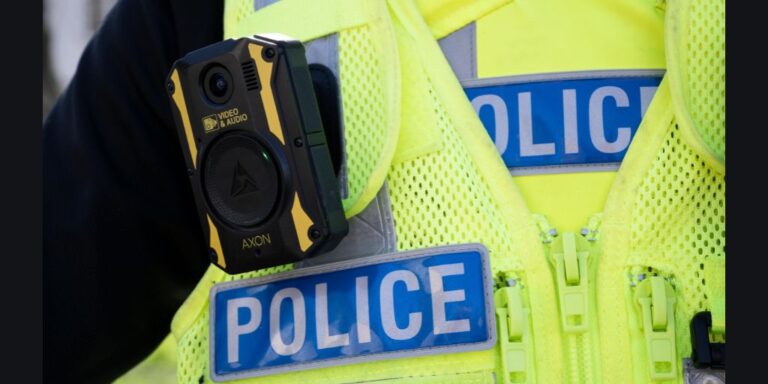Modern policing looks nothing like it did a few decades ago. Patrol cars still roll through neighborhoods, officers still take witness statements, and detectives still pore over evidence, but behind all that, there’s an entire layer of technology quietly reshaping how crime is detected, prevented, and solved.
Across cities and rural departments alike, law enforcement agencies are now operating more like data-driven tech hubs than old-school precincts. Artificial intelligence, predictive analytics, biometric systems, and even drones have become part of everyday policing.
And while some of these tools remain controversial, they’re undeniably changing how officers work, and how fast they can respond when lives are on the line.
Let’s take a look at the tools and systems police rely on today to stay a few steps ahead of those trying to outsmart the law.
Predictive Policing
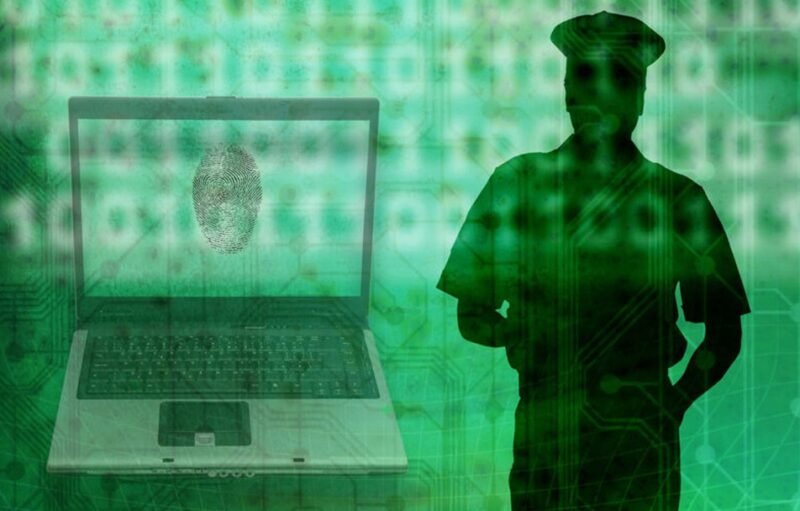
Predictive policing software is now one of the most influential developments in law enforcement. Instead of waiting for a crime to occur, agencies are using statistical models and AI to identify where and when crimes are most likely to happen.
By analyzing vast amounts of data – past crime reports, weather conditions, social events, time of day – these programs can flag “hot spots” for patrol officers. Some software even accounts for behavioral trends among repeat offenders.
Many officers using predictive policing software also rely on durable tactical gear like the 5.11 plate carrier to stay protected during high-risk patrols in areas flagged as potential crime zones.
Common predictive policing tools
- PredPol (now Geolitica): Uses time, location, and type of crime to generate prediction boxes on a map.
- HunchLab: Incorporates more complex variables like proximity to liquor stores, paydays, and public transportation routes.
- ShotSpotter’s CrimeTracer: Integrates acoustic gunshot data into predictive systems to help focus patrol coverage.
Critics point to the risk of reinforcing biases in historical data, but many departments use predictive tools carefully as one layer among several, not a replacement for human judgment.
When used responsibly, they allow police to deploy resources where they’re most needed – sometimes preventing a break-in or assault before it happens.
License Plate Recognition

Automatic License Plate Recognition (ALPR) has become a standard tool in police work. Mounted on patrol cars, traffic lights, or overpasses, ALPR cameras can scan thousands of license plates per minute and check them against databases of stolen vehicles, wanted suspects, or AMBER alerts.
Imagine an officer sitting at a red light. Before the light even changes, the ALPR system has already cross-checked every visible license plate in range. If one matches a stolen vehicle or a person of interest, an alert pings immediately.
Departments also use ALPR to track patterns in organized crime. For example, a series of burglaries in multiple cities might involve the same car seen near several scenes. ALPR data can connect those dots faster than any human team could.
Advantages of ALPR systems
| Function | Benefit |
| Real-time alerts | Instant identification of stolen vehicles or suspects |
| Historical searches | Ability to track movements of vehicles over time |
| Automated documentation | No manual entry needed, reducing clerical errors |
| Network sharing | Regional agencies can share alerts across jurisdictions |
Used in moderation, ALPR systems save hours of investigative work and increase accuracy during vehicle-related searches or pursuits.
Drones

Unmanned aerial systems, or drones, have become essential for police operations that require visibility without direct human risk. They’re deployed for search and rescue missions, accident scene reconstruction, and tactical surveillance.
A drone can cover a square mile in minutes, stream high-definition video to a command center, and even use thermal imaging to locate missing persons in dense areas or at night.
How departments use drones
- Search and rescue: Finding hikers, elderly people with dementia, or missing children.
- Crowd monitoring: Keeping an eye on public events for safety and emergency response.
- Crash scene mapping: 3D modeling of accidents for faster documentation and road reopening.
- Tactical support: Providing visual intelligence before officers enter potentially dangerous areas.
Some drones are equipped with speakers and lights for communication during crises or evacuations. With proper training and privacy oversight, they’ve become a reliable, low-cost multiplier for departments of all sizes.
Real-Time Crime Centers
If predictive software and surveillance tech are the limbs of modern policing, Real-Time Crime Centers (RTCCs) are the brains. These high-tech command centers integrate data from cameras, sensors, license plate readers, social media feeds, and public 911 calls into one unified dashboard.
Operators can track unfolding incidents live, analyze video footage, and push crucial updates to officers on the street. Some RTCCs even use AI to detect unusual movement patterns in surveillance feeds – like someone pacing near a parked car at 2 a.m. or loitering near a closed business.
What RTCCs typically include
| Component | Function |
| Video wall | Displays multiple live camera feeds across a city |
| Data integration software | Combines sources like ALPR, 911, and CAD systems |
| AI video analytics | Flags suspicious or abnormal behavior automatically |
| Field officer communication | Sends instant alerts and situational updates |
The result is faster response times and stronger coordination during emergencies, protests, or high-priority investigations.
Facial Recognition
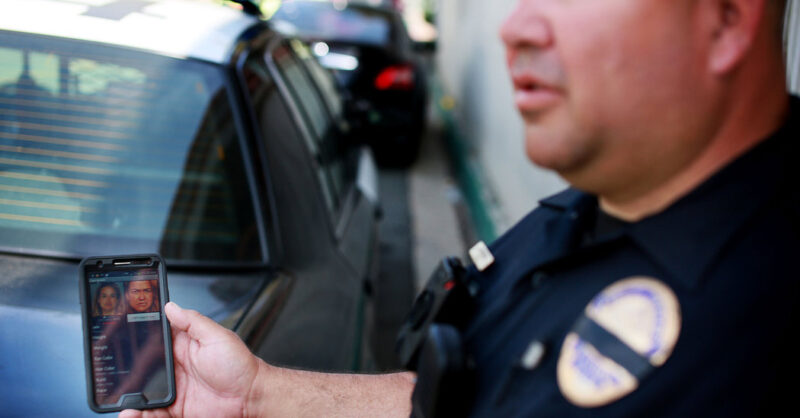
Facial recognition technology has made an undeniable impact on investigations. It matches photos or surveillance footage against databases of mugshots, driver’s licenses, and watchlists. When used under strict legal oversight, it helps identify suspects who might otherwise remain unknown.
For example, a suspect captured on a convenience store camera can be matched to a known offender within minutes, allowing detectives to move quickly before the trail goes cold.
However, agencies are increasingly aware of the ethical challenges surrounding accuracy and privacy. Regulations now limit when and how facial recognition can be used, often requiring human verification before any arrest is made.
In controlled environments – airports, stadiums, border crossings – the technology has proven invaluable for detecting known criminals or missing persons in real time.
Gunshot Detection
Gunshot detection systems, like ShotSpotter, use networks of acoustic sensors to detect and triangulate gunfire. The moment a gun is fired, the sensors pinpoint the exact location and alert police dispatchers within seconds – often before anyone calls 911.
It’s especially effective in urban areas where gunfire reports are unreliable or delayed. Officers can arrive faster, recover evidence before it’s lost, and provide aid to victims sooner.
Typical workflow
- Sensors detect a loud explosive sound.
- AI filters out fireworks or car backfires using acoustic signatures.
- The system triangulates the location using multiple sensors.
- Dispatchers receive coordinates and audio, then send units.
Gunshot detection doesn’t prevent shootings, but it drastically reduces response time, often saving lives and improving arrest rates for gun crimes.
Body-Worn Cameras

Body-worn cameras have become one of the most visible symbols of modern policing. While initially introduced to improve transparency, they now play an active role in evidence gathering, training, and even officer safety.
Each camera automatically records interactions, syncing with cloud systems at the end of a shift. If an incident occurs, footage can be reviewed instantly to confirm timelines, verify witness statements, or support court testimony.
Departments also use AI to categorize and tag footage by type of incident, reducing manual workload. Some cameras even activate automatically when a weapon is drawn or a patrol car’s lights engage.
The data generated has transformed accountability practices, but it’s also become an indispensable investigative tool.
Digital Forensics
Every digital footprint tells a story. Modern crime often involves smartphones, laptops, or cloud services – and digital forensics units are trained to extract and interpret that information legally and accurately.
Specialists use advanced tools to recover deleted files, track encrypted communications, or locate hidden storage devices. They work closely with cybersecurity teams to trace online fraud, ransomware attacks, and identity theft.
Common digital forensics methods
- Mobile device extraction: Accessing app data, location history, and messages.
- Network forensics: Reconstructing network traffic to find data leaks or intrusions.
- Cloud data analysis: Working with providers under legal warrants to retrieve critical files.
- Malware analysis: Identifying software used to infiltrate or sabotage systems.
What once took weeks of manual decoding now happens in hours, thanks to automation and specialized AI tools. Digital forensics bridges the physical and cyber worlds, keeping investigations up to speed with evolving criminal tactics.
Artificial Intelligence
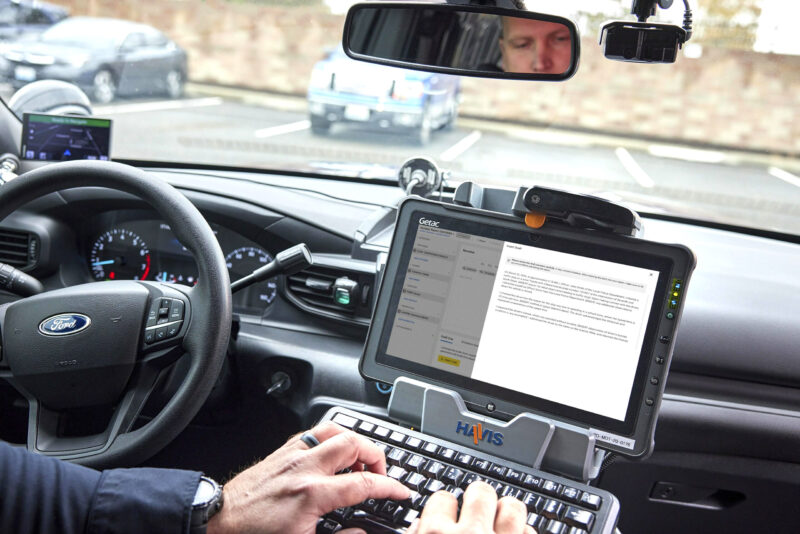
AI isn’t a single tool – it’s the connective tissue that enhances nearly every other system. Machine learning algorithms analyze surveillance feeds, sort through case files, flag suspicious online activity, and even detect patterns in criminal behavior that humans might miss.
Police departments use AI chatbots to process non-emergency reports, freeing officers for urgent tasks. Others rely on machine learning models to prioritize leads, predicting which suspects are most likely to reoffend or which cases have the highest solvability.
Real-world uses of AI in law enforcement
| Application | Example Function |
| Crime pattern analysis | Identifying serial offenders through behavior trends |
| Video analytics | Scanning hours of footage for specific clothing or vehicles |
| Chatbot reporting | Handling lost property or minor complaints |
| Predictive maintenance | Monitoring patrol cars or equipment for early issues |
AI doesn’t replace human reasoning, but it multiplies efficiency and gives officers more time for human-centered work like community engagement and investigation.
Biometric Security
Fingerprinting used to be the gold standard for identification. Now, biometric systems encompass far more – iris scans, voice recognition, gait analysis, and even heart-rate monitoring.
Some high-security facilities use multimodal biometric systems combining several identifiers for maximum precision. In police work, biometrics simplify everything from suspect verification to controlled facility access.
Modern biometric applications
- Iris scanners in booking areas for faster, error-free identification.
- Voiceprint systems in recorded calls to identify known criminals.
- Portable fingerprint devices used in the field during traffic stops or checkpoints.
- Gait recognition in surveillance video for tracking disguised suspects.
The evolution of biometrics has reduced dependency on documents or manual processes and helped minimize mistaken identity during arrests or border operations.
Mobile Command Centers
During large-scale emergencies or investigations, departments deploy mobile command centers – essentially tech-packed vehicles functioning as mini precincts.
Each one is equipped with satellite communication, mapping tools, live video feeds, and secure databases. When natural disasters, standoffs, or major public events occur, mobile units allow on-site coordination without losing data connectivity.
Officers can process evidence, upload reports, and receive real-time updates from headquarters, maintaining situational awareness even in chaotic environments.
Smart Uniforms and Wearable Sensors
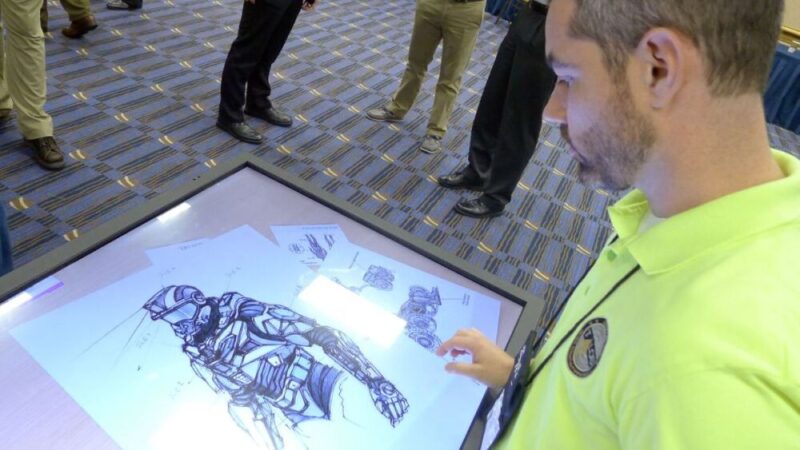
Some departments are now experimenting with smart uniforms that monitor officer health and performance. Embedded sensors can track heart rate, temperature, and movement, alerting supervisors if an officer becomes immobile or experiences extreme stress.
Wearables also improve communication. Smartwatches linked to central systems can display instant alerts, GPS locations, or silent distress signals. Combined with vehicle telemetry and biometric monitoring, the result is a safer and more connected workforce.
Cloud-Based Record Systems
Traditional paper-based case files are rapidly disappearing. Cloud-based records management systems now handle incident reports, bodycam footage, evidence tracking, and dispatch logs – all accessible securely from any authorized device.
Cloud systems allow collaboration between departments, prosecutors, and forensic experts without delays or data duplication. They also include automatic backups, audit trails, and compliance monitoring to meet legal requirements.
For small departments with limited IT infrastructure, cloud technology reduces costs and levels the playing field with larger agencies.
Connected, Data-Driven, and Accountable
Policing in the next decade will likely look more connected than ever. Networks will unify local, state, and federal data streams into seamless intelligence platforms. AI will handle most administrative tasks, allowing officers to focus on community relations and prevention.
What matters most is how responsibly that technology evolves. Every innovation – from drones to predictive models – exists to make both officers and citizens safer. But without accountability, the same systems could easily cross ethical lines.
Smart tech doesn’t make police superhuman. It simply helps them make faster, better-informed decisions in a world that never slows down. The challenge ahead is to keep that power balanced, with transparency, fairness, and a constant focus on the people all that technology is meant to protect.

